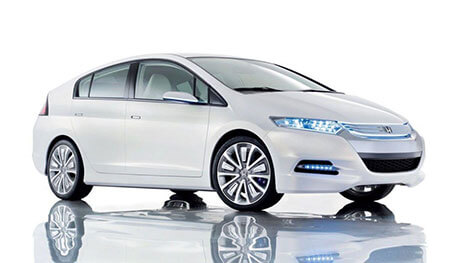
Drivers fed up with forking over a small ransom to fuel their cars at the gas pump, combined with ethical and environmental concerns regarding societal dependence on the oil industry, are increasingly opting for hybrid cars. These vehicles feature a small fuel-efficient gas engine combined with an electric motor that assists the engine while accelerating. The motor is powered by batteries that automatically recharge as you drive, giving 20 or 30 miles more per gallon than a standard automobile. As fuel efficiency is a top priority for many consumers, industry experts believe that the hybrid vehicle may be at a tipping point, on the verge of mainstream acceptance.
Industry Evolution
Since the first mass-produced hybrid vehicle was introduced in Japan by Toyota in 1997, there has been a steady rise in awareness and acceptance of this technology. Most manufacturers now have or are planning a hybrid car in the market. Hybrids today are about 3 percent of new sales but as they win environmental awards and demographics change, sales are expected to double in the next five years. They cost more initially than normal cars but as the technology improves along with economies of scale, the price premium should steadily lower. Recently “plug-in” hybrid cars have been developed, which extend the range of the “electric-only” driving mode by offering the added benefit of being able to be plugged into home electric outlets for recharging when not in use.
Unique Attributes
Gasoline-electric hybrids are a compromise between fuel-intensive, polluting gas power and clean energy-providing but low-range and inconvenient electric power. The two power sources can be combined as:
– Parallel Hybrid: the gasoline engine and electric motor work together to propel the car
– Series Hybrid: the engine either directly powers an electric motor or charges its batteries
They gain efficiency from smaller engines, regenerative braking in which the batteries are charged as the car slows, periodic engine shut-off when stuck in traffic, advanced aerodynamics to reduce drag, low-rolling resistance tires and lightweight materials.
Maintenance Issues
Since the electrical component takes some load off the engine, hybrids don’t need as many oil, air filter and brake pad changes. The best way of diagnosing potential problems is by listening for strange noises and taking it for regular, routine check-ups. A hybrid auto service technician is specifically trained to deal with the alternating current and voltages under the hood; charging, cooling and braking systems; and battery maintenance. Proper parts are absolutely necessary for hybrids and there are specific, expensive batteries that must be used. Safety is of utmost importance in understanding the colour-coded, high-voltage wiring systems. Preventative maintenance is even more important in hybrids to save mechanical issues in the long-term. As the market for hybrid and electric vehicles gains momentum, mechanic colleges are adapting to the increased demand for qualified technicians.